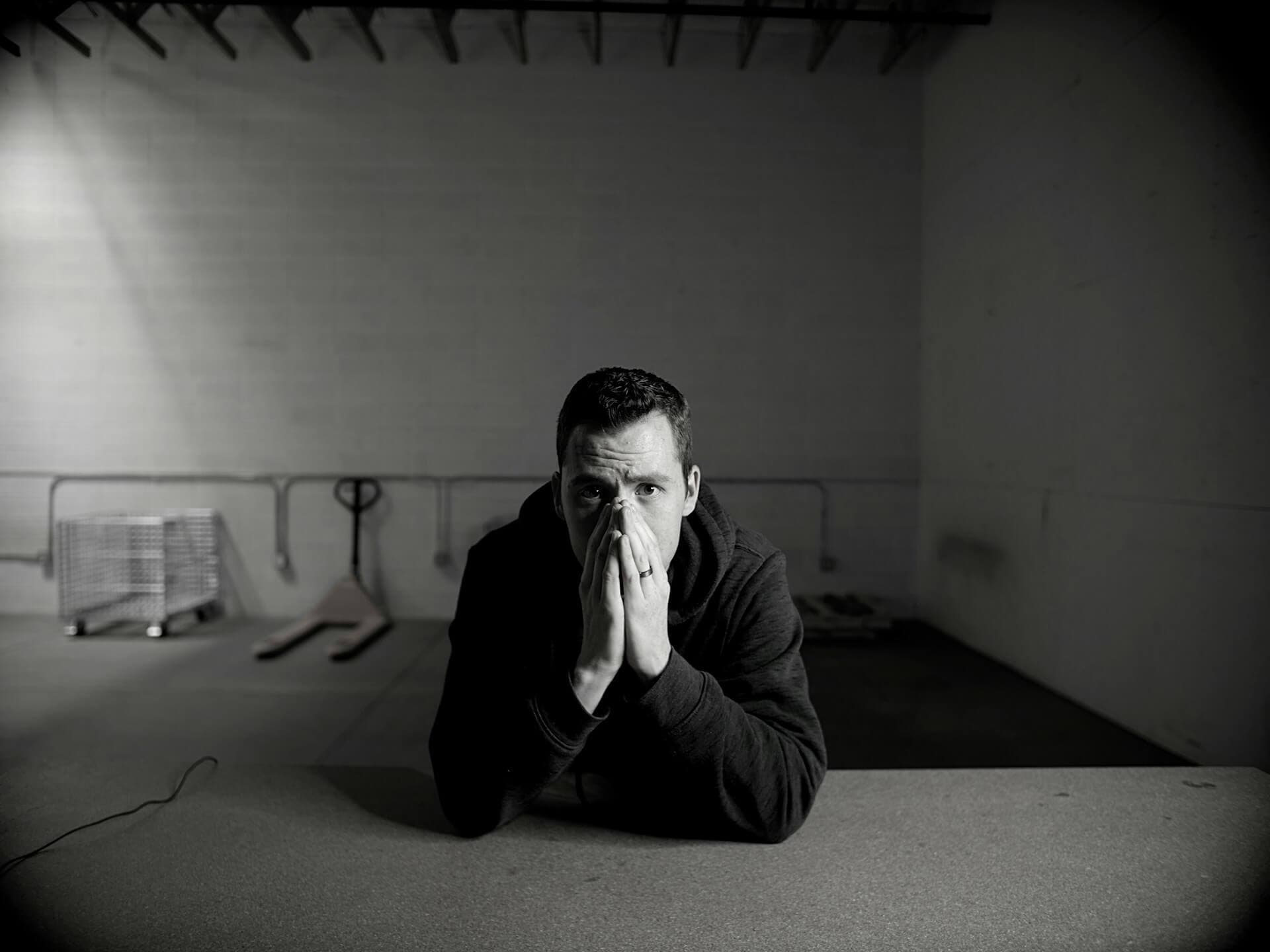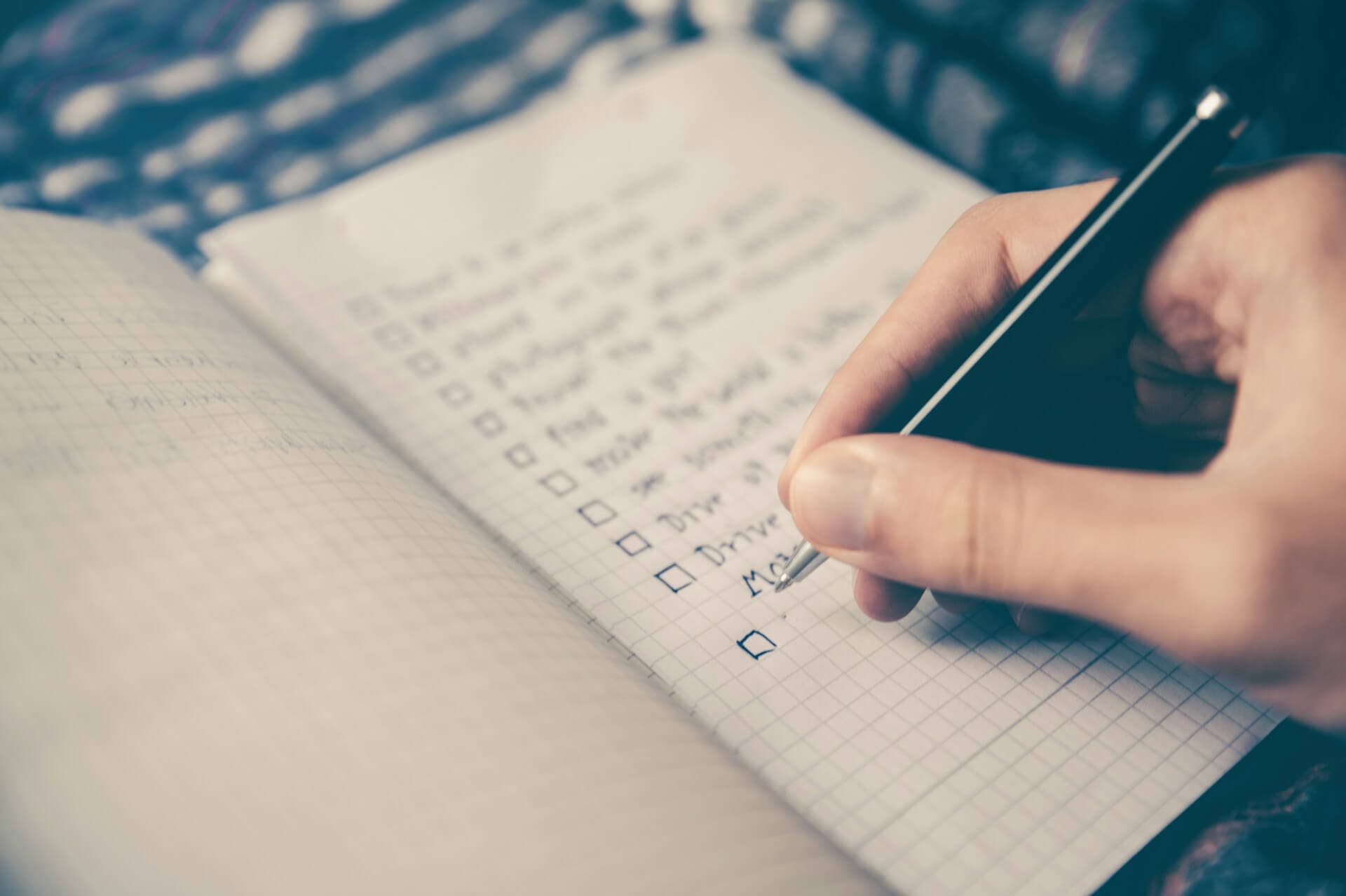- Published on
Click, Watch, Buy: YouTube's Spending Spell
- Authors

- Name
- Sahil Fruitwala

Caught in the Web: YouTube Algorithms and Impulse Buys
Imagine this: You're browsing YouTube and stumble upon an Everyday Carry (EDC) video from your favorite YouTuber. You start thinking about which tools, and apps made them so successful. And now you are curious and hooked on the video.
Maybe it is a great video, maybe not. It does not matter. Because now you are hooked and watched that whole thing. At the time you were watching this video, nothing happened. You watched it, and it was fun, but now the great curse and blessing of the digital world comes into the picture: recommendation algorithms.
You have watched and liked that EDC video, now every third video will be EDC, even from YouTubers you don't follow or have never seen before. Intrigued, you start exploring these videos, and before you know it, you're trapped! We like to think we possess self-control, but often, we don't—and I'm no exception.
I'm not a saint; I can control myself in some situations, but not all. However, when bombarded with engaging animations and high-energy videos, one can't control it for long.
You now know the tools, devices, and apps these successful YouTubers use, and you start dreaming of a life as a YouTuber, equipped with all these gadgets—even though you haven’t recorded a single video. Deep down, we know we don't need these new, fancy tools, and we won't use them more than a few times after purchase. But we still buy them!
I was tempted as well to buy these items because I want the fame and recognition these individuals have. I am not traveling much, damn I don't even go out that much. Then, why the fuck do I need EDC items? I keep wondering, "I’m not a vlogger, photographer, or filmmaker—why the hack I keep browsing these camera websites?"

Watching a review of the latest tech or a new phone or camera is fine; it's harmless. But when we watch videos like "My Everyday Carry (EDC) of 2023" or "Products I Use Daily," we start thinking that if we could just get our hands on these products, we might achieve their level of success and fame. We lie to ourselves, saying, "My life will be amazing," "I will be as successful as them," or "People will recognize my worth."
This trend may have affected people for decades, but the option to buy with a single click has made this issue worse. After the pandemic hit and we stopped going out much, we started browsing the internet more—most of the time without any necessity or reason. We gave up thinking much about life and submitted to these glorious algorithms.
And don't get me started on so-called 'influencers.' The pandemic and the rise of social media have provided companies with a new source for advertising. Sometimes influencers showcase the products they use; other times, they're merely voicing a brand’s message. And there is no way to know which is which. This growth has made companies millions or even billions, but it has hurt most of our bank accounts.
Understanding Emotional Spending: The Psychology Behind Impulse Buys
"Why?" I continually ask myself. After purchasing various products and gadgets, or even just considering the purchase, I wonder what prompted me to act on impulse. That's when I remember the term "emotional spending."
Emotional spending is the act of buying things based on how you're feeling, rather than through logic or necessity.
— Caitlin Harper (MyWellBeing)
Today, we're lonelier than ever. We have all we need to survive and lead fulfilling lives, and we can acquire almost anything with a few clicks. Yet, we’ve lost something crucial in this 21st century: human connection.

We've lost the ability to communicate effectively, to forge meaningful relationships, and to live artfully. Instead, we try to fill the voids in our hearts with material things. We buy for pleasure, we buy to impress, more often than we buy out of necessity.
But why do we get addicted to it and what's happening to our brain? In some cases, it can be purely an addiction. It is called compulsive buying disorder or oniomania. If you keep buying stuff without realizing whether you need them or not, or without realizing you are wasting money, then you should seek professional help. (I am neither a psychologist nor do I have in-depth knowledge about it)"
In most cases, we just buy stuff because we like the rush, that thrill, that feeling of power that we are in control. But this feeling starts crashing as soon as you buy the product. Many research shows that dopamine is the culprit here. Dopamine is not good or bad; it is just a chemical that is produced in the brain. Dopamine is associated with thrill and excitement; it keeps us motivated to do a task. But what's the catch, you may ask.
The catch with Dopamine is, that it is produced when we try to approach a goal instead of when we reach the goal. We generate more dopamine when we plan the trip instead of when we actually visit the place that we were planning. So what's happening is, that we generate a lot of dopamine when we plan or on the way to get a reward but as soon as we receive it, we face a dopamine crash because we can't sustain high dopamine for a long time.
Now, all the excitement about rewards is gone and we feel lost, sad, or maybe disheartened. This same thing is happening when we watch these glorious videos. We watch these videos and we think that "If I get this one product, I will be successful. This is my chance!" But in reality, we get more distress (in most cases, at least that's what I felt) once we buy the tool or gadget.
From Tangibles to Memories: The Value of Investing in Experiences
I watched one Ted Talk in which the speaker, Niko Stoifberg, mentioned how he switched to buying more service/experiences instead of tangible products and how that is more helpful and good for us. I totally agree with this approach, and you might have experienced it as well. Think about how you felt when you traveled or tried new food. You keep that thought for days or even months sometimes. Services give rise to dopamine levels slowly, and they don't crash like it happens in the case of compulsive buying.
What else could you do if a service is not an option or it is too expensive? Try to make a list of benefits you will get once you have that product or app or whatever these videos are promoting. Give it a day or two to absorb before making the purchase, especially if it is more than what you spent on lunch or dinner. I have done this many times, and mostly it works. (I am a mere human as well; I face difficulties too 😅)
Recently, I wanted to buy a tablet after watching the benefits a YouTuber was getting from it. So, I went into a rabbit hole of all the nitty-gritty of Apple iPads vs. Android tablets, all the features, dimensions, if they have support for a pen or not, everything. I scoured through many videos to see which one would be best for me. After watching these videos, I realized, do I even need this? I have a 13-inch Mac, and the best iPads are either 11 or 13 inches. Why do I need one more big device? So, I slept on it and came back to it again and tried to write down the benefits I would get from this new shiny tablet. And to my surprise, the only benefit I was getting was a big hole in my bank account and one more screen to watch Netflix.

I know you might have faced this situation many times as I did. It is good to feel good and spend on some items you don't need. But if you keep doing this like I was, then you will be paying more and more emotionally deprived. You will think, 'I have all these things, still I am not happy.'
For every dollar we spend, there can be an emotional cost, too.
— Interac: Your Brain on Shopping
A Conclusion on Resisting Impulse Buying
So, before you click on the tempting “buy now” button or even the “add to cart” button, take a pause, sleep on it, and ask yourself, “Will this bring me any happiness in the long term?” or “Do I need this product right now, or am I just hoarding it in case I might need it in the future?”
I remember in one of his videos MKBHD said something along these lines, “Buy a product for what it is right now, not for future promises.” This resonated with me, and I think about it when I have an urge to buy something, trying to assess the usefulness of the product I’m considering purchasing.
So, the next time you watch an EDC or product video and feel the urge to splurge, pause and think about what truly brings you joy. Because in the end, it’s not the material things we own that make us happy — it’s the moments we spend doing something great or with the people we love.
P.S.: I am not against EDC videos or videos of people sharing the tools they love or use, or any similar kind of videos. I am simply stating the effects of these videos on us and suggesting ways to be more mindful about them.
